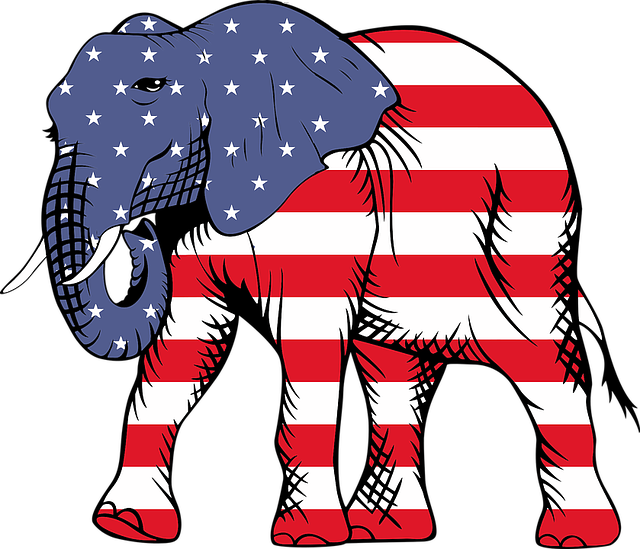The American Flag banner, officially known as the Stars and Stripes, has been a steadfast symbol of unity, liberty, justice, and democracy throughout the United States' 250-year history. From its original design with 13 stars and stripes to its current form with 50 stars, each change has marked the admission of new states and adapted for practicality. This flag has not only witnessed America's transformation from a set of British colonies to a global power but also stood as a beacon of American values through various historical eras, flying high over pivotal events that have shaped the country's identity. The flag's colors—red for valor and bravery, white for purity and innocence, and blue for vigilance, perseverance, and justice—represent the principles upon which America was founded. As a universal emblem of freedom and aspiration, the American Flag transcends boundaries and unites Americans under its stripes and stars, symbolizing the collective commitment to uphold these cherished values. Today, it remains an enduring emblem of freedom and democracy, adapting to modern contexts while continuing to inspire reflection on liberty and justice in contemporary society.
The American Flag, a banner deeply rooted in history and symbolism, stands as an iconic emblem of freedom and national identity. This article embarks on a journey through time, from the flag’s conception to its modern-day significance. Explore the rich tapestry of meanings woven into each stripe and star, and consider how this enduring symbol continues to resonate within contemporary societies. Join us as we unfurl the layers of history and context that give the American Flag its profound relevance in our collective consciousness.
- The Stars and Stripes: A Historical Odyssey of the American Flag
- Symbolism in Fabric: What the American Flag Banner Represents
- Modern Manifestations: The American Flag in Contemporary Contexts
The Stars and Stripes: A Historical Odyssey of the American Flag

The American Flag, known colloquially as the Stars and Stripes, is a powerful emblem of American freedom and identity that has evolved significantly over its 250-year history. Its origins date back to 1777 when the Continental Congress adopted the first official flag consisting of 13 stars representing the original colonies and 13 stripes representing the unity of the states under one banner. This historical odyssey of the American Flag reflects the nation’s journey from its colonial past to a global superpower, with each iteration of the flag symbolizing significant periods in American history. Throughout the decades, the flag has seen changes—from the addition of stars and stripes with the admission of new states to the refinement of design for better durability on land and sea. The American Flag has flown over battlefields, peace treaties, and the homes of every U.S. President. It stands as a testament to the ideals of liberty, justice, and democracy that the nation holds dear. Today, the American Flag remains a symbol of national pride and unity, a beacon of hope for many, and an enduring icon in the global landscape. Its historical odyssey is a chronicle of America’s past and its ongoing story of freedom and aspiration.
Symbolism in Fabric: What the American Flag Banner Represents

The American flag, often referred to as the ‘Stars and Stripes,’ is a potent symbol of American freedom and national identity. Each stripe represents one of the original thirteen colonies that declared independence from Britain, while the stars on the blue field signify the fifty states in the present Union. The flag’s design is steeped in historical significance; its reds symbolize valor and bravery, its whites represent purity and innocence, and its blue fields signify vigilance, perseverance, and justice. As an emblem of liberty and democracy, the American Flag banner has become an iconic representation of unity and collective aspirations. It is a rallying point for all Americans, transcending political, geographical, and social divides to convey a shared commitment to freedom and individual rights.
The symbolism in fabric of the American flag is deeply woven into the cultural and historical tapestry of the United States. From its first official design in 1777 to its current iteration, the flag has been a visual representation of the American story. It has flown over battles and peace treaties, it has draped over caskets of fallen soldiers, and it has been raised at moments of national triumph. The American Flag banner is not just a piece of cloth; it is a beacon that illuminates the values of resilience, hope, and liberty upon which the nation was founded. It serves as a constant reminder of the enduring spirit of independence and the collective resolve to preserve these freedoms for all citizens.
Modern Manifestations: The American Flag in Contemporary Contexts

Today, the American Flag serves as a powerful symbol of freedom and democracy, woven into the fabric of contemporary American life. It is a banner that represents the ideals upon which the nation was founded, serving as a visual affirmation of unity and diversity. In various settings, from urban skylines to rural landscapes, the flag waves with pride, capturing the essence of American identity. In cities across the country, the American Flag can be seen adorning storefronts, civic buildings, and homes, demonstrating its enduring significance in the lives of individuals and communities. The flag’s presence is not confined to land; it takes to the skies as well, where aircrafts bear its emblem on their fuselages and wings during flights across the nation and beyond.
Moreover, the American Flag has become a ubiquitous presence in digital realms, where it features prominently in social media profiles, online petitions, and virtual rallies. It transcends traditional boundaries, becoming a unifying emblem for Americans from all walks of life who seek to express their patriotism or advocate for causes they hold dear. In this way, the American Flag banner has adapted to the modern era, maintaining its relevance as a symbol that continues to inspire and provoke thought about liberty, justice, and what it means to be an American in today’s world.
